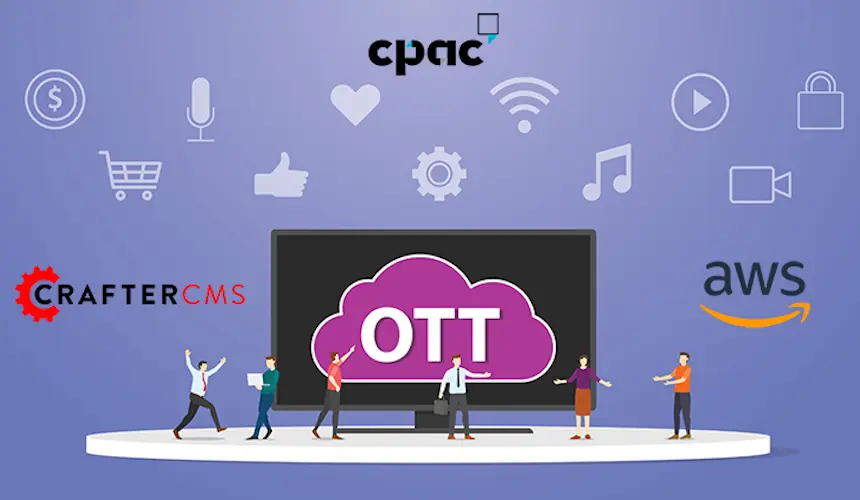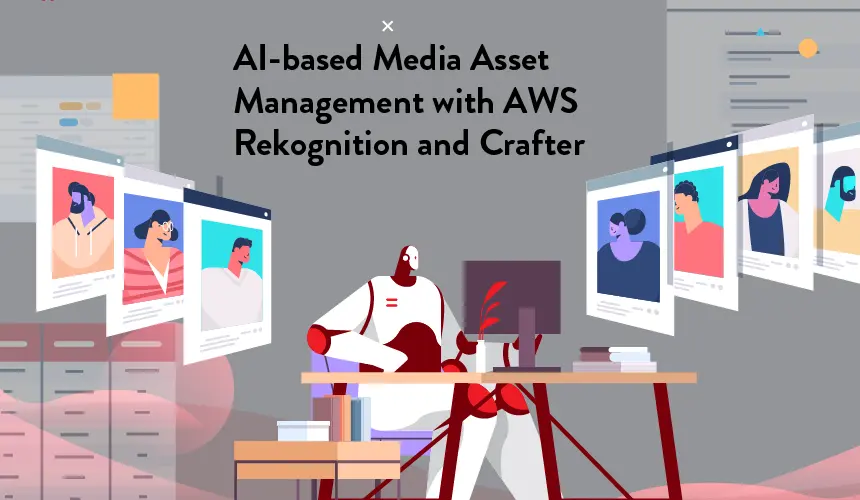How To Select a CMS

Amanda Lee
With the constant evolution of of the Digital content and experience landscape, it can be difficult to decide which CMS architecture will properly meet your business, user and technology objectives. The following are four items to help orient your CMS search for success:
1. The Right CMS For Business
It is important to take into consideration the cost of development against ROI. The maintenance needs and the architecture’s ability to scale should be heavily weighed as well while assessing the risks associated with technology choices. Businesses boost ROI by reducing the cost of development and time to launch – something a CMS platform approach can help with due to less custom development to get the different components working together. Development overhead is reduced with this platform which also adds a layer of functionality.
You will also want to assess maintainability. Continuous maintenance of a solution can involve fixing bugs, adding minor enhancements and patches or upgrades. Maintainability can be difficult in legacy CMS platform models since the application and the CMS code base are coupled tightly. Whichever CMS platform you choose, be sure to think about user-friendliness, release frequency, packaging and available support.
2. Empower the developer
As with most cases, you never want to make someone’s job harder, same goes with making sure the web application framework won’t make your developer’s job more difficult. You can avoid this by following the model-view-controller pattern. This enables cleaner code, better separation of concerns, and easier testability. This pattern is one in which more developers are familiar and it allows for a more gradual learning curve. Regardless of the architecture, be sure the web application sticks to the M.V.C. pattern.
Additionally, enable continuous delivery from the start to help reduce the time, cost, risk and effort of code production by the development team. The core engineering practices that enable continuous delivery are test automation, continuous integration and automated deployment.
Although it can be more difficult to set up continuous delivery on CMS platforms when the solution codebase ties to the CMS platform codebase, so be sure to offer ways to separate the solution code and CMS platform code. However, packaging and deploying code into environments with automated scripts should be fairly easily.
3. Make the Editor Happy
It’s been said thousands of times, but it still holds true, content is king. So the solution must address the needs of content editors while minimizing limitations to editorial strategies. Start by making a decision about flexible page composition. In content-centric solutions, the ability to create pages with custom layouts and components gives editors flexibility and freedom. Coupled CMSs typically offer this out of the box, sometimes with drag-and-drop WYSIWYG capabilities.
You will also want to determine market standardization. Enterprises serving multi-markets need to make a decision whether they want to provide a single platform that serves their entire market, reducing the total cost of ownership of the platform while promoting standardization, or giving local markets autonomy to develop their online presences on their own. If a global platform suits you, a CMS platform architecture is most often the best choice. This kind of architecture hosts market sites on a single platform making it easy to share content, templates and functionality. When it comes to local markets, decoupled architectures work better because they allow more flexibility to markets to choose technologies and utilize content services.
4. Deliver value to the user
Users are savvier than ever and with the web literally at everyone’s fingertips these days, it is extremely important that their high expectations are met despite it being an ongoing challenge for you. The challenge in any web build is to address high-end needs and demands of the users while still allowing accessibility across multiple devices. Of course, keeping all of these interfaces within budget is also a challenge. Regardless of CMS platform or decoupled architecture, one key requirement you need is to ensure the web application framework gives developers full control of the front-end technology stack. In general, design and build for the lowest common denominator and then you can layer various functionality for advance browsers and devices. Stay in line with the WCAG guidelines and take a progressive enhancement development approach.
Related Posts

Websites Are Dead?

Mike Vertal

No-Code Experience Building for Marketers & Designers

Amanda Lee

The Future of Web Experiences: From Browsing and Searching to Conversational AI

Mike Vertal

Is Your CMS MACH-Ready? A Practical Guide for Enterprise Architects

Sara Williams
Related Resources
-

CrafterCMS at eBay: The Universal Content Platform for eBay.com
Webcast
-

Personalized Digital Experiences for a Cruise Liner
Webcast
-

Introducing CrafterCMS v4.0
Webcast
-

Modernizing Video Delivery and Content Management at CPAC, A Canadian Nationwide Broadcaster
Webcast
-

AI-based Media Asset Management with AWS Rekognition and CrafterCMS
Webcast





